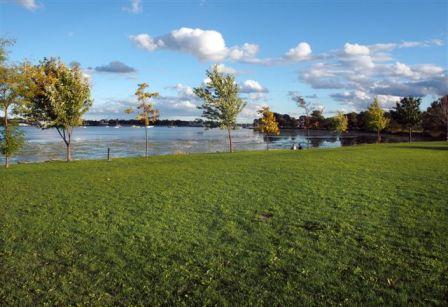Land Quality & Brownfields
Land Quality & Brownfields
Brownfields are abandoned, idle, or unused industrial and commercial lands that have been or are perceived to have environmental contamination due to historic activities.
A brownfield site may be as small as a vacant gas station with remaining underground storage tanks, or as large as several hundred acres of abandoned factory that may have dumped waste on its property during its operation.
Kingston, like many municipalities, has a number of brownfield locations. Often these sites are vacant land and/or abandoned buildings that were located in a City's core area and were once part of the economic viability of the community.
Until recently very little has been done to revitalize brownfields. However, the Provincial Government has passed the Brownfields Statutory Law Amendment Act that encourages the revitalization of contaminated land and makes other amendments relating to environmental matters.
The City of Kingston is also interested in the remediation of brownfield sites and, as directed by Council, formed a task force to review and develop a strategy for the remediation and redevelopment of brownfield lands.
Due to environmental contamination, or perceived environmental contamination, the redevelopment of brownfield sites can be complicated by added costs, time or add an element of uncertainty to a redevelopment project. Therefore, banks would not lend money to developers for the purchase and/or remediation of these sites and developers were reluctant to accept this responsibility and the added costs. As a result new industries, developers and lenders avoid sites that once provided economic viability and jobs to the City of Kingston.
Currently, brownfields development is occurring in Europe, the United States and other municipalities in Canada with a high level of success. There are great economic benefits for remediating brownfield sites. It often allows development in areas already serviced by roads, water, sewers and other hard service infrastructure.
Often, brownfield sites are in prime areas of the municipality and would generate higher tax revenue once redeveloped. Brownfield sites that were once considered eyesores within the community would become improved and redeveloped for use by the community, which revitalizes the area and creates new jobs.
- Belle Park Project - Winner of the 2013 FCM Sustainable Communities Award
- Emma Martin Park Project - Winner of the 2015 FCM Sustainable Communities Award

